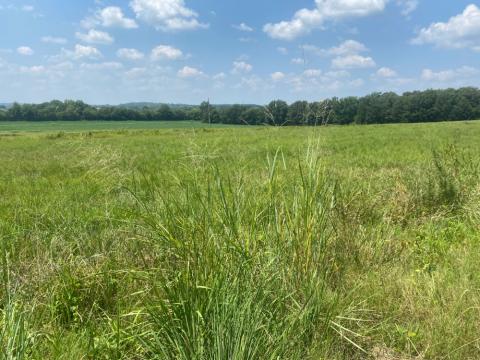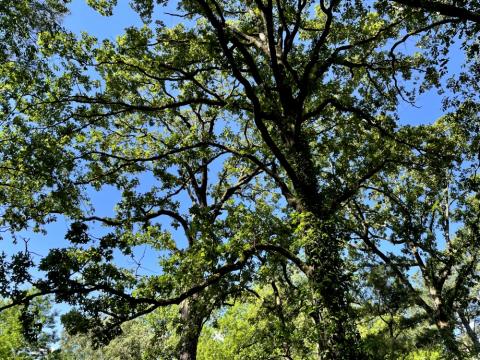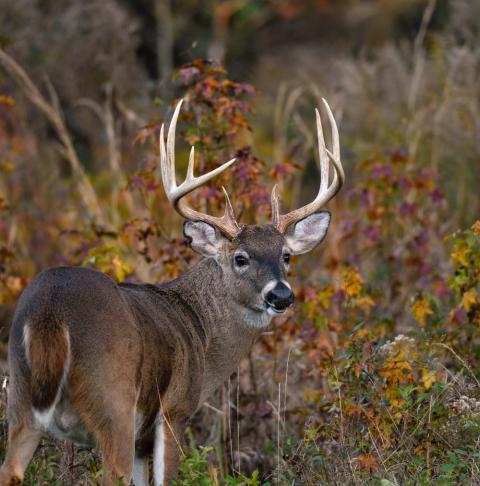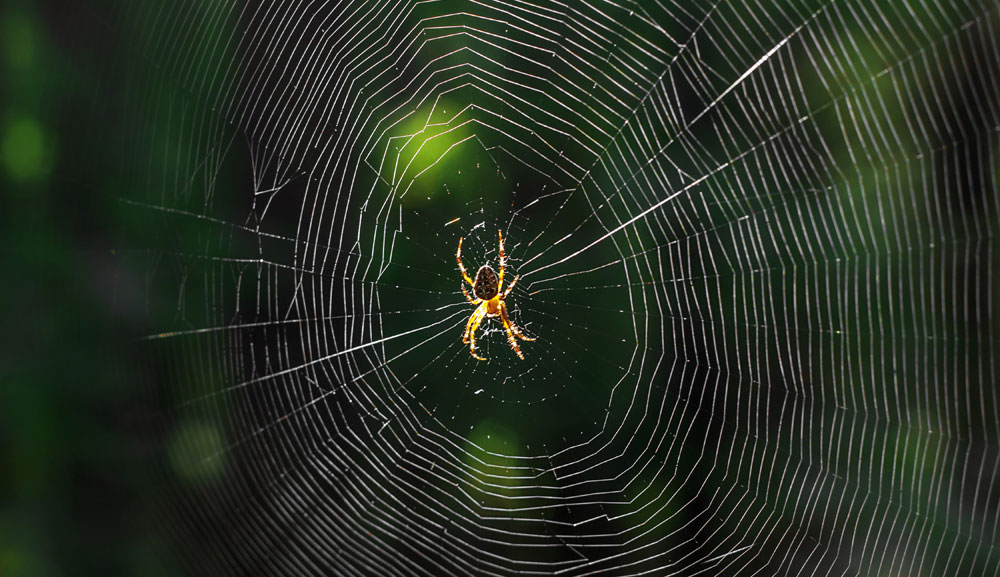
If you're a lover of the outdoors, it's critical to know the difference between the harmless spiders and the deadly ones. You don't want to blow your cover while hunting and panic over a harmless spider, but you certainly don't want to ignore the deadlier species.
Venomous spiders are not necessarily bad, but they do have toxins that can cause serious, and in some cases, lethal consequences. Daddy Longlegs, or Harvestmen, are venomous, but they're not maligned in the same way as a Black Widow Spider because they are physically unable to bite us. Knowing these distinctions among species is important for your health.
Before we get into some of the more frightening aspects of the poisonous spiders, here are some incredibly beneficial effects our arachnid friends have on the environment.
Pest Control
Spiders may be a nuisance to some, but they regularly feast on bugs that many of us would define as pests. Mosquitos, flies, moths, cockroaches, and earwigs are often found wrapped up in web cocoons. You can reduce the number of biting pests on your property by leaving the spiders alone and using a natural insect repellent.
Some of these pests, like fleas, carry diseases as severe as the Bubonic Plague. Spiders help us stay healthy as a species by lunching on the bugs that spread illnesses.
Outside, these insect-eaters reduce the bugs that feed on our crops, like aphids and caterpillars. Some experts believe that spiders are so good at keeping these bugs off our plants, we would experience a famine without them.
Useful By-products
Beyond eating aphids, fleas, and mosquitos, spiders also produce some other helpful by-products.
If taken the wrong way, arachnid venom can cause muscle paralysis, pain, and even death. However, there is an upside. Scientists and researchers use spider venom in treatments for male contraceptive pills and more.
Spider webbing is one of the most durable substances on earth. Although spider webs themselves can't be used in any viable way because of production issues, engineers and designers look at the structure and tensile strength of spider webs to apply to other materials. They have used design aspects of spider webs to improve bulletproof vests and parachutes.
Even though spiders eat pests, rarely attack, and produce scientifically helpful by-products, there are some spiders with which you don't want to tangle. The two most venomous spiders you'll run into are Black Widows and Brown Recluses.
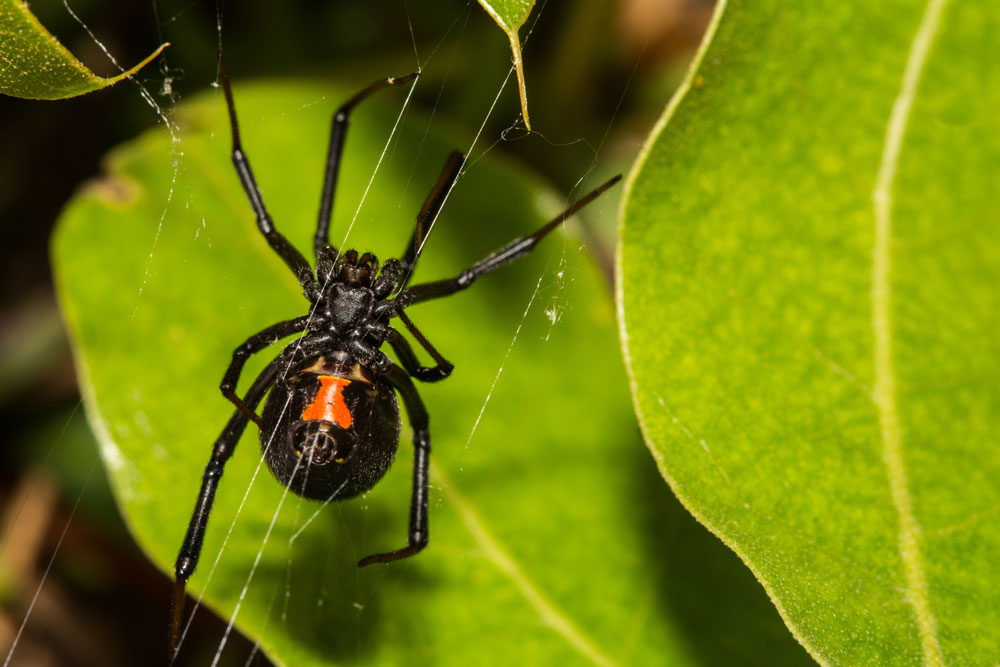
Black Widows
Black widows have a distinctive black body with a red or orange hourglass on their abdomen. They prefer the warmer climates of southern states and build their webs near ground level. These spiders love to make homes in woodpiles or inside stacked firewood, but they’re also found under eaves and in dusty boxes.
Black widows are generally not aggressive (though females are more aggressive when guarding their eggs), but when surprised, poked, or prodded, they will bite. Their bite looks like two puncture marks in the skin.
The symptoms of a black widow bite are intense – fever, abdominal pain, nausea, increased blood pressure, and sweating – but most people survive if they receive proper medical attention.
There hasn't been a fatality from a black widow in the U.S. for decades. Even so, you want to prevent insect stings and bites before they happen.
Brown Recluses
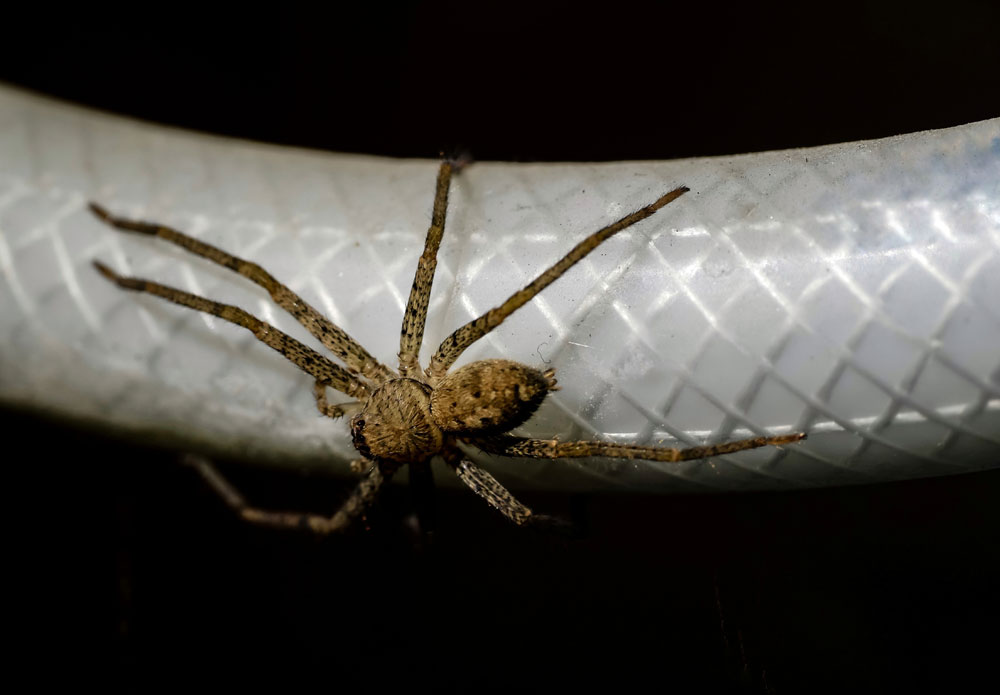
These arachnids get their name from their color and reclusive habits. Much like the black widow, these spiders do not want to mess with humans and would prefer to be left alone.
Brown recluses are found in the Midwest, from Ohio to Nebraska, and as far south as Georgia and Texas. They are a brownish-yellow color with darker legs and a distinctive violin or cello shape on their backs.
They mostly live outdoors in wood or debris piles. However, attics and crawl spaces are prime areas for brown recluses.
The bite from these spiders is deceptive because it can be painless or feel like a mild bee sting. However, the brown recluse's venom is more toxic than that of a rattlesnake and can kill you within 24 hours.
A few hours after being bitten, victims of a brown recluse bite will start to feel swelling, itching, and soreness around the bite. The area itself may ooze and look like an ulcer or open wound. Symptoms include nausea, vomiting, fever, restlessness, and trouble sleeping.
A brown recluse's venom is necrotic and causes the death of cells and tissues at the bite site. It is essential to get to a medical facility as soon as possible. While this wound rarely causes death, it may cause severe damage to deeper tissues.
Hobo Spiders
These types of funnel-web spiders (not to be confused with their more lethal relatives in Australia) were named after their preferred method of transportation. Introduced to the States in the 1930s, the species made its way to Northwestern states by hitching a ride.
Hobo spiders are often mistaken for other types of spiders, so there are some misconceptions about the severity of their bite. A preliminary study on hobo spiders' venom misdiagnosed it as causing necrotic lesions, like the brown recluse. This theory has since been debunked, but many people still shy away from this aggressive house spider. The current belief is that hobo spiders cause a mildly painful bite with some swelling.
Hobo spiders like damp, dark places, such as garages or basements. They attack and bite when they feel threatened, especially females protecting an egg sac. The problem is, most of the time, the human doesn't know they're encroaching on a hobo spider's territory. Most bites come from a human blindly reaching into a dank corner that’s inhabited by a hobo spider.
Non-Lethal Spiders
One of the most common spiders in North America is the common house spider. With a yellow-brown body, grayish spots, and long legs, this spider would rather run away than confront a human. They will bite under duress, and while their bite is slightly painful and poisonous, it’s not lethal or severe.
Jumping spiders are easily recognizable by their movement (they jump), their rectangular faces, and their two rows of distinctive eyes. They like to live in the cracks of your hardwood floor, on the underside of window ledges, the backside of curtains, or in between shelved books. They are diurnal and seem to enjoy the sunlight.
They use their silk to communicate and navigate, and they build small tents out of webbing where they hide their eggs and sleep. They do not have a venomous bite and are generally not aggressive.
Last Word
Most spiders are beneficial to our lives, as they eat the pests that spread disease and consume crops. Some of them have powerful bites but generally attack out of self-defense. The best way to avoid getting bitten by arachnids is to refrain from surprising or sneaking up on them.


















